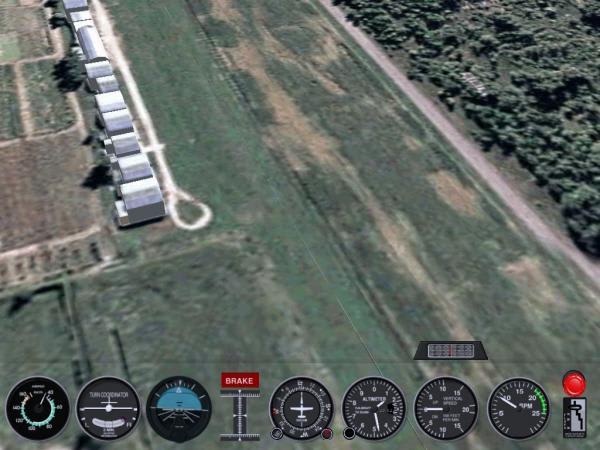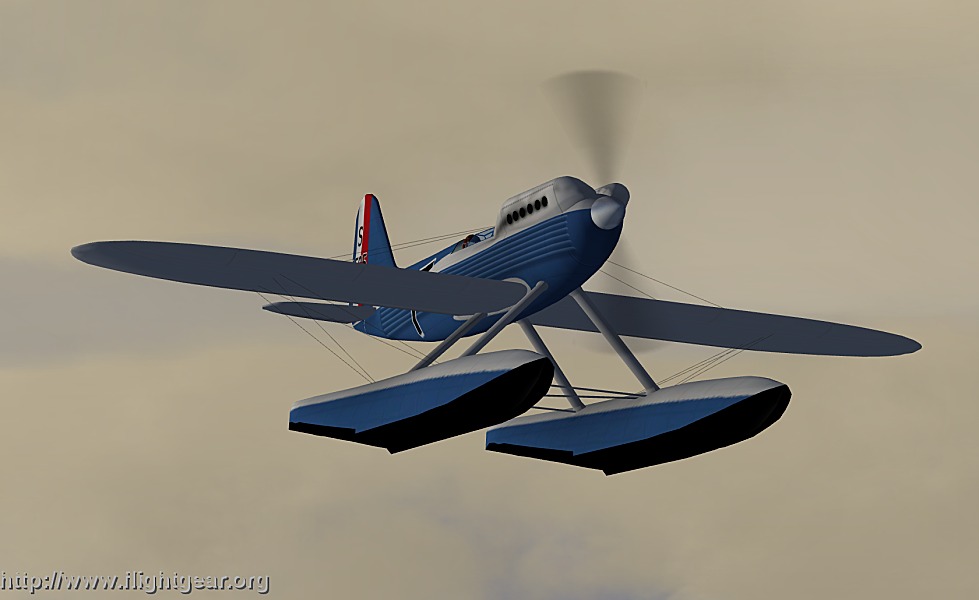

- #FLIGHTGEAR FLIGHT SIMULATOR SOFTWARE#
- #FLIGHTGEAR FLIGHT SIMULATOR CODE#
- #FLIGHTGEAR FLIGHT SIMULATOR SIMULATOR#
Some of the dependencies vary depending on which platform the code is being compiled for.
#FLIGHTGEAR FLIGHT SIMULATOR SOFTWARE#
Finally, Simple DirectMedia Layer is a software library which is used for compiling. OpenSceneGraph is also integrated into FlightGear. OpenGL is used for its integrated 3D graphics routines, and other hardware acceleration (namely DirectX) is not supported. PLIB is used for hardware support routines, formerly used for sound support also which was taken over by OpenAL.

OpenAL is used for sound/audio software, including support for SDL (since 0.9.5). TerraGear is not a dependency, but simply a name for the default terrain data program in FlightGear. The main one is SimGear, which is the underlying sim engine for FlightGear. The software libraries used to create FlightGear have varied over time. To turn it into a usable program it must be compiled for a given platform. Unlike commercial software titles, the main output of the project is simply the release of a collection of code. Other custom FDM for a specific aircraft type have been written, such as for lighter than air aircraft.FlightGear can also be setup to render using inputs from an external FDM source, such as from MATLAB.Once being widely used, it is nowadays longer included in FlightGear by default. UIUC - developed by the UIUC Applied Aerodynamics Group at University of Illinois at Urbana-Champaign, also made use of LaRCsim.YASim - another FDM using different calculation method.JSBSim - the default flight dynamics model software since 2000.
#FLIGHTGEAR FLIGHT SIMULATOR SIMULATOR#
Currently FlightGear is the only flight graphical flight simulator all the FDM are used for, and UIUC and YASim were developed specifically for FlightGear.Įarly version used a FDM based on LaRCsim by NASA, which was replaced with more flexible FDM. Any aircraft must be programmed to use one of these models. FlightGear uses a variety of internally written and imported flight model projects. Weather effects include 3D clouds, lighting effects, and time of day.įlight Dynamics Models (FDM) are how the flight for an aircraft is simulated in the program. Currently only one terrain engine is used, TerraGear. The FlightGear aircraft in general use one of two main flight data models JSBSim and YAsim. These aircraft models have been contributed by many different people. This customizability of FlightGear is illustrated by the wide range of aircraft models that are available in FlightGear, from gliders to Helicopters, and from airliners to fighter jets. It is used both as an end-user application and in academic and research environments, for the development and pursuit of flight simulation ideas. The simulation engine in FlightGear is called SimGear. In 2008, version 1.9.0 of FlightGear included a major change from PLIB to OSG, which caused the temporarily loss of some features like 3D clouds and shadows, while newly added features, such as particles, imparted another degree of realism to the simulation.

2007 marked a formal transition out of beta development with the release of version 1.0.0, ten years after FlightGear's first release in 1997.ģD Cockpit panel for A-10 in version 1.0.0 in 2008 By 2001, the team was releasing new beta versions regularly, and by 2005, the maturity of software lead to more widespread reviews, and increased popularity. Enthusiastic development of newer versions for several years resulted in progressively more stable and advanced versions.
:max_bytes(150000):strip_icc()/Flightgear-5a46b3fb7bb2830037042420-5c77fadcc9e77c0001f57b9d.jpg)
The first working binaries, using OpenGL for 3D graphic code, came out in 1997. Many people have contributed to the project in the years since its inception.įlightGear incorporated other open-source resources, including the LaRCsim flight model from NASA, and freely available elevation data. Development of an OpenGL based version was spearheaded by Curtis Olson starting in 1997. See FlightGear History for the main article about this subject.įlightGear development started with an online proposal in 1996, using custom 3D graphics code.


 0 kommentar(er)
0 kommentar(er)
